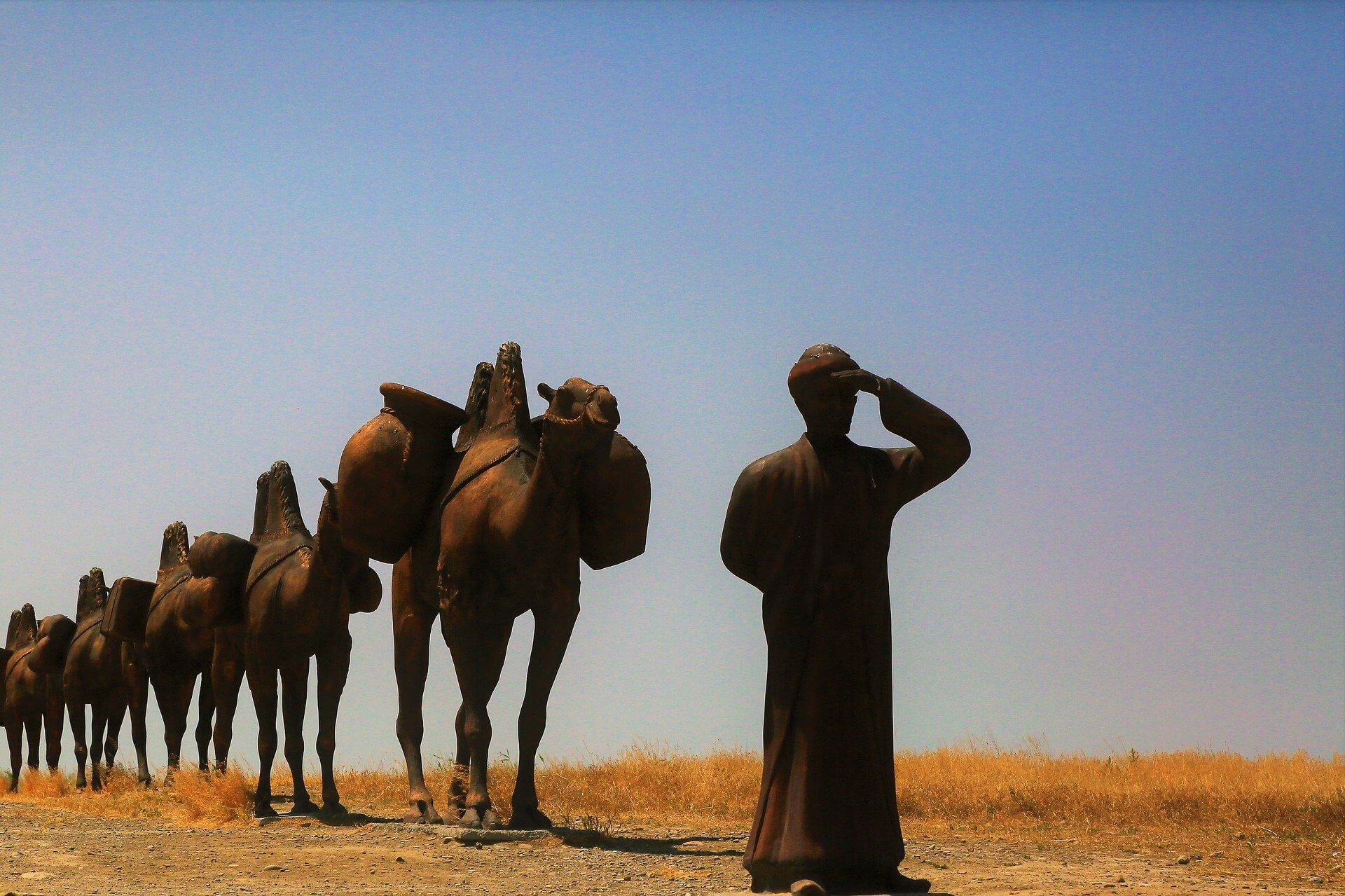On the 7th of September, 2013, Chinese President Xi Jinping made a speech at Kazakhstan’s Nazarbayev University announcing the proposed re-establishment of Silk Road economic belt.
Although the Silk Road may evoke many romantic images of camel carriages slung with goods and merchants leading the charge through Central Asia, six-hundred years after the Silk Road’s prosperous past, Xi introduced proposed re-establishment to five specific goals.
These are: strengthening economic collaboration, improving road connectivity, promoting trade and investment, facilitating currency conversion, and bolstering people-to-people exchanges.
So what does this re-establishment of Silk Road mean for the 21st Century?
Historically, the Silk Road was an ancient network of routes and a remarkable commerce passage throughout regions of China connecting the West and East, China, Russia, Central Asia, West Asia and Europe and trekked by a multitude of groups including merchants, pilgrims, monks, soldiers, nomads, and urban dwellers.
The Silk Road is to be resurrected as the Silk Road Economic Belt and the Maritime Silk Road, giving China and its other relevant partner countries the huge potential for economic, cultural and social gains.
The National Development and Reform Commission (NDRC) of the Ministry of Foreign Affairs, and Ministry of Commerce of the People’s Republic of China issued a statement earlier this year outlining the visions and actions on jointly building both the Silk Road Economic Belt and Maritime Silk Road.
“The Belt and Road Initiative is a way for win-win cooperation that promotes common development and prosperity and a road towards peace and friendship by enhancing mutual understanding and trust, and strengthening all-round exchanges,” the document outlines.
“The 21st-Century Maritime Silk Road is designed to go from China’s coast to Europe through the South China Sea and the Indian Ocean in one route, and from China’s coast through the South China Sea to the South Pacific in the other.
“On land, the Initiative will focus on jointly building a new Eurasian Land Bridge and developing China-Mongolia-Russia, China-Central Asia-West Asia and China-Indochina Peninsula economic corridors by taking advantage of international transport routes, relying on core cities along the Belt and Road and using key economic industrial parks as cooperation platforms.
“At sea, the Initiative will focus on jointly building smooth, secure and efficient transport routes connecting major sea ports along the Belt and Road.”The Silk Road is to be resurrected as the Silk Road Economic Belt and the Maritime Silk Road, giving China and its other relevant partner countries the huge potential for economic, cultural and social gains.
With many talks and discussions, visions, principles and developments to be settled, who is to gain?
The Silk Road will represent the biggest market in the world with unparalleled potential, and with an inhabitation of close to three billion people, almost half of the worlds population will gain.
And not necessarily just economically.
President Xi maintains the goals of the Silk Road economic initiative is to revive ancient ties of friendship in the contemporary globalised world.
To ensure long-term stability of all partners involved, China has adopted an approach of investing in the relationship of the belt. Their essence of a good neighbourhood policy is to achieve beneficial relationships and widen common ground.
“We should strengthen bilateral cooperation, and promote comprehensive development of bilateral relations through multi-level and multi-channel communication and consultation,” says the NDRC.
“The Belt and Road cooperation features mutual respect and trust, mutual benefit and win-win cooperation, and mutual learning between civilizations.”
China seeks to develop its relations with these Central Asian countries beyond the high profile and headline grabbing energy transactions and attract other countries to make joint efforts in building the Silk Road initiatives.
What’s next?
Since 2013 the Chinese government has been actively promoting and encouraging the development of the Belt and Road through communication, consultation and practical cooperation, even introducing an early series of policies and measures.
Chinese President Xi Jinping and Premier Li Keqiang have visited over 20 countries and met with leaders of countries. Discussing bilateral relations and development issues has brought together a broad consensus regarding both the Silk Road Economic Belt and the Maritime Silk Road initiatives.
And later this month the, “Silk Road Economic Belt Cities Cooperation and Development Forum,” will be held in China’s Ximjiang province. Xinjiang capital of Urumqi will host fifty-five cities from 17 countries, including Britain, Germany, Russia and France, where global delegates will exchange development experience, discuss cooperation and further talk the initiatives.
This will be the third time that Urumqi has hosted the forum. The first and second were held in November 2013 and September 2014, where only approximately 20 countries were in attendance.
In the meantime, the Silk Road is regularly discussed during Chinese interactions with Europe and from what we can tell EU governments are continuously keen to forge relationships with China as an effort to get European companies trading with fast-growing emerging markets.
If you like this article you may be interested in “China To Create One Mega-City”.
